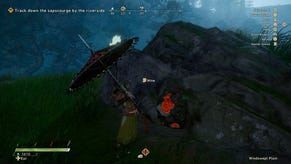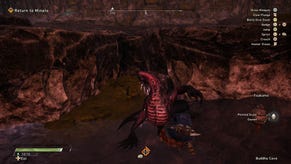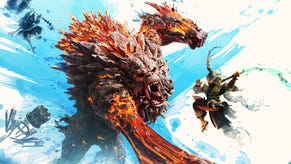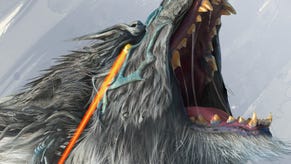Wild Hearts Weapons Guide | What is the best starting weapon for you?
The katana, the claw, the umbrella, the cannon, the bow – which weapon is right for you in Wild Hearts?
What are the best Wild Hearts weapons? That’s what everyone picking up EA and Omega Forces’ latest hunting game wants to know. Is the Bow, Katana, Maul, Claw or Karakuri staff the best weapon? What weapon should beginners use? It all depends on your play style. Wild Hearts does a lot of different things with all of its major eight weapon types, and you can find good things to say about all of them.
Whether you’re a heavy slugger that wants to end phases of monster fights with one well-timed slam, or an agile shinobi-like player that wants to take to the skies in an aerial rave, the best Wild Hearts weapons accommodate many different styles.
At launch, there is no really bad weapon, but from our experience so far, some are certainly better than others. Bear in mind that you can swap weapons and armour mid-hunt, thanks to the ability to make Forges in the field, so if you’re struggling to take down a monster with one set of arms, you might want to swap out and try a different tactic.
Here’s the expert guide to Wild Hearts weapons for beginners, experienced players, and pros.
All Wild Hearts Weapons
Below we’ll give a brief overview of every Wild Hearts weapon, alongside the best ways to use them and what skill level you’ll need in order to excel.
While this isn’t an exhaustive list of the nuances of every weapon, we will update the list with more picks should they emerge as dominant powers in the meta, as new patches and updates alter the power of each Wild Hearts weapon.
I have personally found the three best weapons in the game to be the Claw Blades, the Karakuri Staff, and the Nodachi. The Bow is a great weapon to use in co-op play but quite ineffective alone, so that doesn't make the top three. Here's why the others do:
- The Claw allows you to dodge most of the most powerful monster attacks in the game whilst dishing out stupid damage with relative ease.
- The Nodachi can end fights in very short amounts of time thanks to its incredibly powerful charge attacks, and allows you to move whilst charging – and feels similar to heavy weapons in other hunting games.
- The Karakuri Staff is the most versatile weapon in the game that allows you to switch through damage types and pile on the offensive whilst remaining mobile and able to dodge out of danger. Simple to use and easy to pull off the most powerful attacks.
How to choose the best starting weapon in Wild Hearts
Right from the off, you’re given the opportunity to use the Katana – something that will be familiar to trusty Long Sword users in Monster Hunter. But, unlike the other hunting game, you will not have one of each kind available in your item box.
You will need to craft anything you want to use (and the Claw, Cannon, and Karakuri staff will be locked away from you for approximately the first 10 hours). The Katana is a decent beginning, but not appropriate for every fight. Here’s a quick overview of all eight weapons in the game:
Katana
- Range: Short-to-medium
- Difficulty: Easy
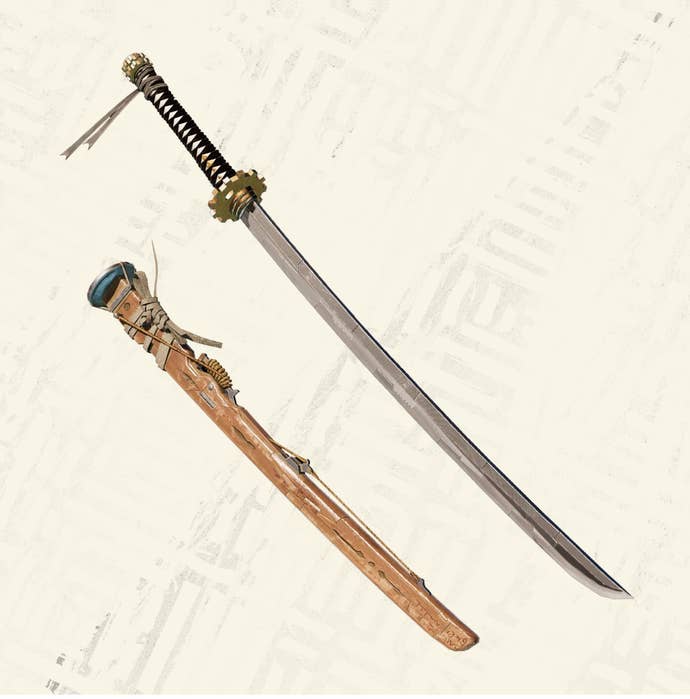
A nice, simple weapon that will help you get to grips with the way combat works in Wild Hearts. If you’re using this weapon, get used to the sheathed attacks and how they work (by tapping the right trigger), and make frequent use of the three-crate Karakuri leap – which is easily one of the most powerful attacks in the game. If you enter the unleashed state and your target flees or begins an animation you cannot counter, press R2/RT and B/Circle at the same time: you will be able to exit the charge, and save your gauge for later.
Best deployed on mid-sized monsters that give you space to breathe between attacks, and have large recovery animations in which you can summon the necessary three Karakuri crates.
Nodachi
- Range: Short range, but charged attacks have a slight AoE effect
- Difficulty: Medium skill required to use
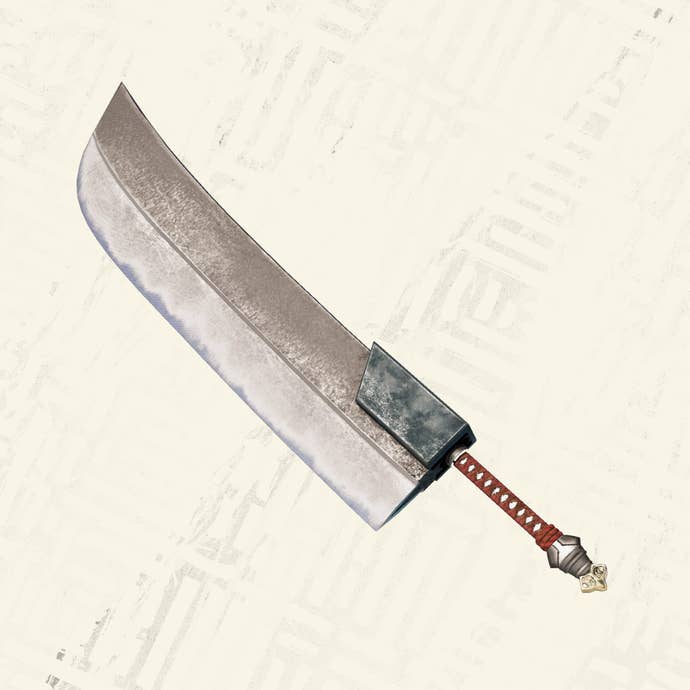
Basically a Great Sword, allowing you to channel all your Buster Sword fantasies. This weapon is all about stamina management – you will need to get into stance with the right trigger, and pile on damage or charge in order to fill up a bar. If you unleash an attack at full charge, you’ll do the single most powerful non-Karakuri attack in the game. Well worth using against bigger, slower monsters.
There are a lot of combo attacks with this weapon, but also a lot of ways that you can get hit out of stance. I found this the most frustrating weapon in the game, because some dodgy hitbox issues mean that a long wind-up of combos sometimes results in a total whiff that doesn’t feel very fair. That said, I also ended boss battles in one hit sometimes. You win some, you lose some!
Bow
- Range: The best long range weapon
- Difficulty: Easy
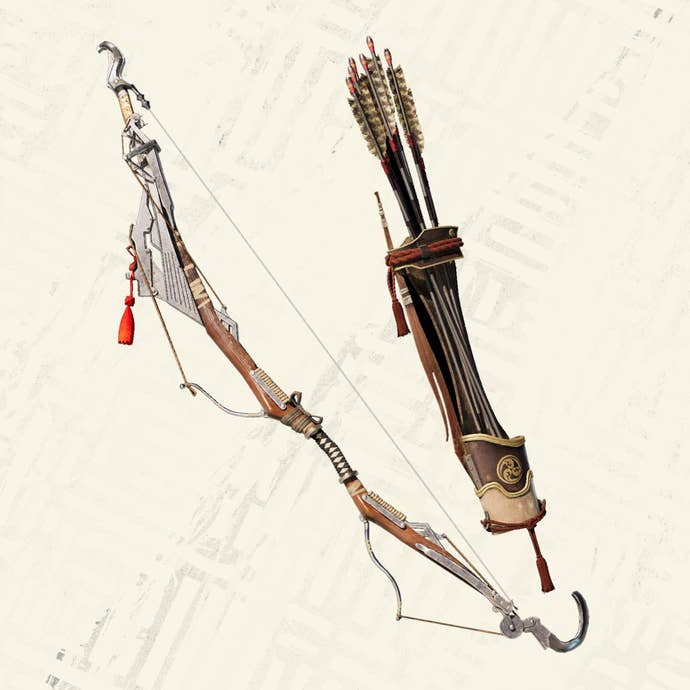
As expected, this is the best weapon for long-range players and those that like to stay out of the action. Whilst it can be used for solo hunting, the DPS you’ll do isn’t great – so it’s definitely recommended for support characters, rather than soloists. You can wield the weapon either horizontally for "haya" arrows or vertically for "otoya" arrows, and you can apply buffs to the weapon, too.
For ideal usage and maximum damage, you’re expected to go horizontal and unleash a flurry of attacks on your target monster. Then, once your prey is loaded with them, switch to vertical and make the arrows ‘resonate’ with a Bolstered Otoya arrow shot. You can also bolster twice in a row to do a good AoE ‘Arrow Rain’ which is handy for knocking monsters out of attacks and crowd controlling.
Bladed Wagasa
- Range: Short-to-medium
- Difficulty: Hard
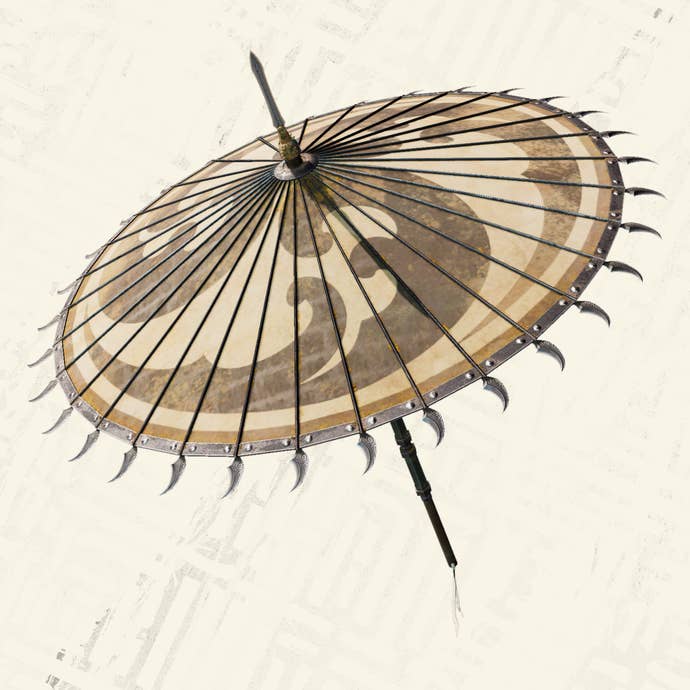
Sword and Shield users from Monster Hunter will find this the best weapon they can use. The umbrella-like weapon has the best defensive utility in Wild Hearts, and is incredibly handy against late-game enemies that don’t let up in their attacks (this weapon is indispensable against the Golden Tempest, for example). The RT/R2 parry can counter pretty much any attack in the game – if you have the timing right. The animation is tricky and the actual frames and hitboxes for various beasts are hard to read. As such, we only recommend this weapon for expert players.
Once you get your dance on and learn how to Gene Kelly your way around the various Kemono in Wild Hearts, you’ll fill up a gauge that increases the Wagasa's damage at various intervals. The key to using this weapon is keeping momentum up and knowing how to dodge and parry attacks – the meter decreases rapidly when you lose momentum. Don’t get hit, and you can unleash powerful attacks with alarming frequency. The most dangerous weapon in the game, in the right hands.
Maul
- Range: Slow, close range weapon
- Difficulty: Easy to use, hard to master
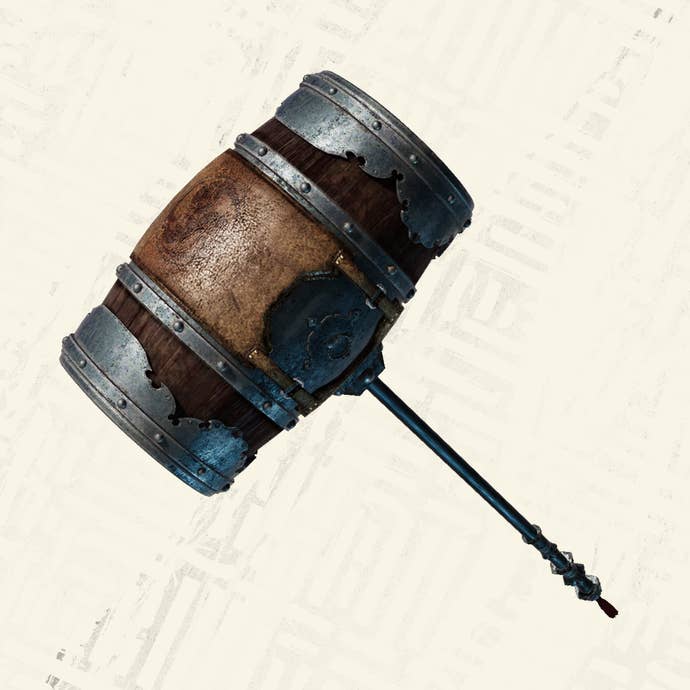
A pummelling weapon, this is the heaviest weapon you can equip and not a million miles away from the hunting horn’s melee attacks or hammer in Monster Hunter. Surprisingly, this weapon has a lot of mobility and can dish out high-damage attacks with a high cadence.
There’s an element of risk/reward to this weapon (and you’re going to want to be conscious of this in co-op) because the most useful AoE attack the Maul has also destroys any nearby Karakuri. This weapon is the second most timing sensitive in the game (the Umbrella comes first) and wants good timing so you can make extending combos that can stun lock monsters or hit them out of windup moves.
The next three weapons will require some story progress to unlock. You can learn more about how to do that in our How do I unlock the claw, cannon and Karakuri staff in Wild Hearts guide.
Claw Blades
- Range: Short-to-long range
- Difficulty: Hard, but powerful

Probably the most complex weapon to use, and my favourite, the Claw Blade can stack on damage and status effects really quickly if you know what you’re doing with it. It is frantic, high speed, and difficult to control – but the payoff at the end of a good combo is more than worth it. You will just spend quite a lot of time arguing with Wild Hearts’ nasty camera when using this weapon.
The best tactic with the Claw Blade is to quickly do some weak attacks on a ‘safe’ part of the monster where you can wail away without getting hit. This will fill up a bar, and the higher your meter when you apply your claw attack (RT/R2), the more time you’ll have attached to a Kemono with an elastic tether.
Now the fun begins; hitting the trigger when tethered will draw you close to the prey where you can apply massive combo damage, and if you do enough damage whilst attached, you’ll finish with a huge finishing blow that can stun, shatter parts, and end fights with ease. Just time it well: sometimes finishing attacks will do nothing because of how the camera or hitboxes work – and that’s really irritating.
Cannon
- Range: Long range and powerful
- Difficulty: Very hard

A heavy weapon designed to deal long-range damage, this is the worst weapon in the game (in my humble opinion). It has good damage-dealing capability, but poor mobility, and there’s a lot of stuff you need to keep in mind just to pull off an attack or two. Not recommended for solo play, since the time and space you need to use it are often mitigated by being a monster’s sole target.
Each shot you land increases the cannon's ‘heat’ and uses Thread Ammo, and you can only refill ammo by planting a zone you stand in. Given that you can’t block with this weapon, that’s not ideal.
The cannon will also overheat if you keep up a continued assault – I can’t quite grasp the ideal way you’re supposed to wield this for maximum DPS: it all seems a bit convoluted and there are more stumbling blocks to get to the powerful moves, compared to other weapons.
Karakuri Staff
- Range: Medium
- Difficulty: Very easy, the best ease-of-use-to-damage ratio in the game

Once you’ve got a feel for the various meter management systems Wild Hearts expects from you, this is one of the best weapons in the game – something katana users can easily graduate from once they reach Chapter 2. Easy to use, with some great flexibility and utility, this versatile blade has plenty of upsides – and practically no downsides.
The blade has four different variations, and – honestly – you can get away with mashing away to do some amazing damage. In the hands of pros, well-timed combos that use slashing, lunging and blunt damage can make short work of literally all the monsters in the game. In the hands of more casual players, the staff will still dish out obscene damage. All you need to know to make this work is: attack, fill up the gauge, do a finishing move. Rinse, repeat.
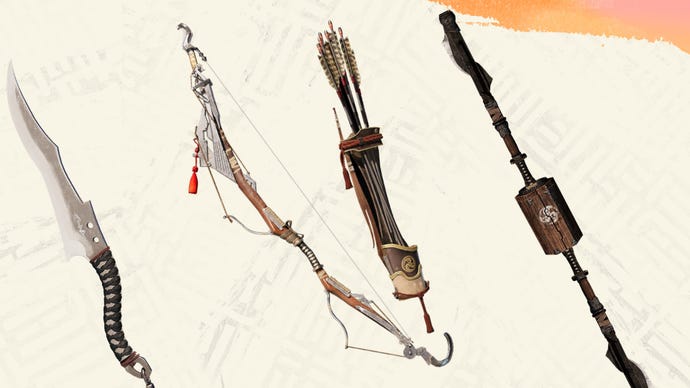


.jpg?width=291&height=164&fit=crop&quality=80&format=jpg&auto=webp)
